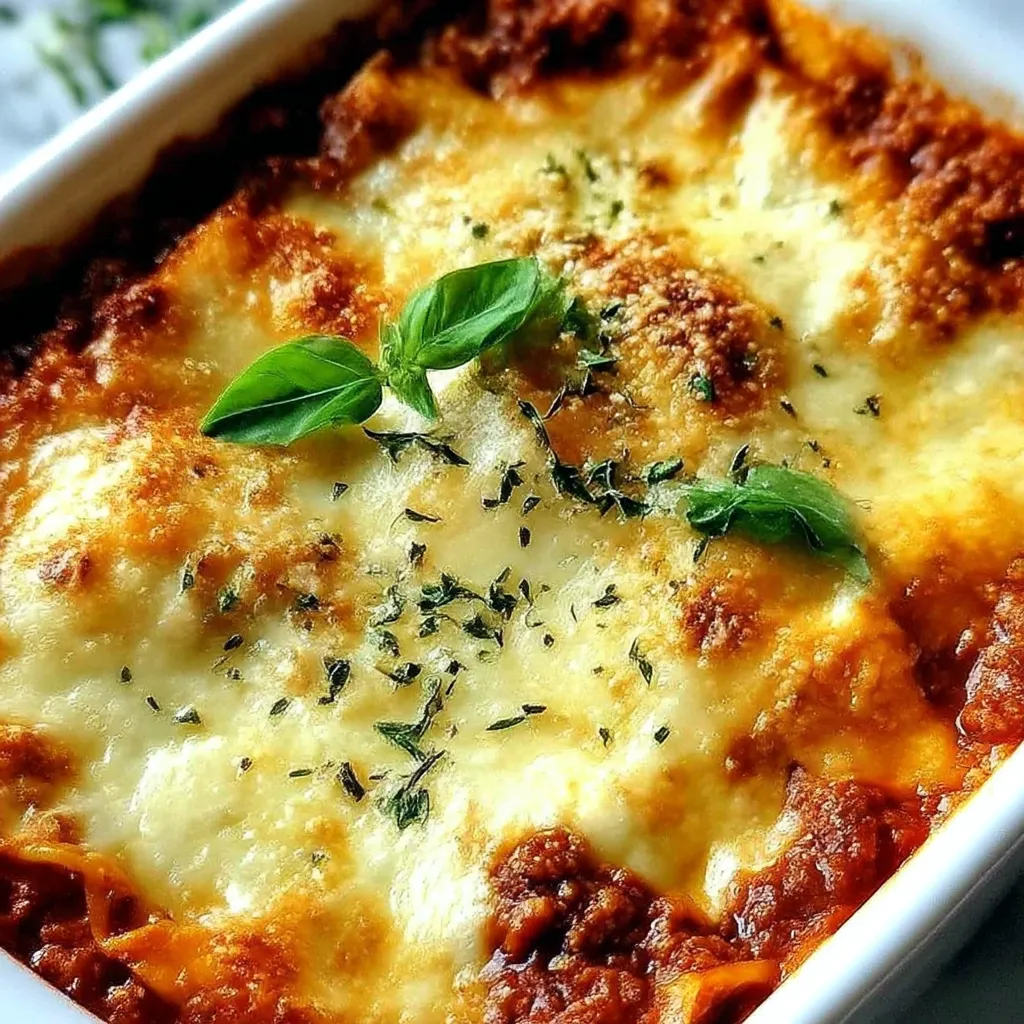 Save
Save
This vegetable lasagna transforms simple ingredients into a mouthwatering dish that even devoted meat-eaters will crave. The layers of perfectly cooked vegetables, tangy tomato sauce, and creamy cheese blend create a comfort food masterpiece without the heaviness of traditional meat lasagna.
I developed this recipe during a summer when my garden was overflowing with zucchini and spinach. What started as a way to use excess produce has become my most requested dish when hosting dinner parties with both vegetarian and non-vegetarian friends.
Ingredients
- Olive oil: Brings richness and helps vegetables caramelize properly for maximum flavor
- Carrot, bell pepper, zucchini, and onion: Create a sweet savory vegetable base that adds texture and nutrition
- Fresh spinach: Wilts down to add color and earthy flavor while boosting the nutritional value
- Whole canned tomatoes: Provide better flavor than pre-crushed options; look for San Marzano variety for best results
- Cottage cheese: Creates a creamy protein-rich layer that holds everything together while keeping the dish lighter than traditional ricotta
- No-boil lasagna noodles: Save time without sacrificing texture; cook perfectly from the moisture in the sauce and vegetables
- Mozzarella cheese: Forms that irresistible golden bubbly top that makes lasagna instantly recognizable
Step-by-Step Instructions
- Prep the Vegetables:
- Cook the diced vegetables in olive oil over medium heat for a full 8 to 12 minutes until they develop golden edges. This caramelization process is crucial for developing deep flavor. Be patient during this step as it builds the foundation for the entire dish. The vegetables should soften but still maintain some texture.
- Create the Sauce:
- Draining excess liquid from canned tomatoes before blending prevents a watery lasagna. The quick processor blend creates a sauce with perfect texture – not too smooth but without large chunks. The red pepper flakes add just enough heat to wake up your taste buds without overwhelming the dish.
- Prepare the Cheese Layer:
- Processing half the cottage cheese creates a smooth base while leaving the remainder provides textural contrast. Chopping the cooked vegetables in the processor ensures even distribution throughout the lasagna and prevents large vegetable pieces from making the layers uneven.
- Layer with Precision:
- Start with sauce on the bottom to prevent noodles from sticking. Each layer should be thin and even, reaching all corners of the baking dish. The layering order matters tremendously for proper moisture distribution and even cooking of the noodles.
- Perfect the Bake:
- Covering the lasagna for the first portion of baking allows the noodles to steam properly and the flavors to meld. Removing the cover for the final cooking time creates that irresistible golden bubbly cheese top that signals a perfect lasagna.
- Let it Rest:
- The 15-minute rest period is non-negotiable. This allows the layers to set properly, making it much easier to cut clean slices that hold their shape on the plate. The flavors also continue to develop during this resting period.
 Save
Save
My absolute favorite part of this recipe is the way the vegetables become almost silky when cooked properly. I once served this to my Italian grandmother who claimed she could never enjoy a lasagna without meat. She not only asked for seconds but requested the recipe afterward. The rich depth of flavor from properly caramelized vegetables creates an umami quality that satisfies even the most dedicated carnivores.
Make Ahead Magic
This lasagna actually tastes better the next day after the flavors have had time to meld together. You can assemble the entire dish up to 48 hours before baking. Simply cover tightly with plastic wrap and refrigerate. When ready to bake, add an extra 10 minutes to the covered baking time to ensure it heats through properly. This makes it perfect for entertaining or meal prep.
Seasonal Adaptations
Summer version. Replace zucchini with diced eggplant and add fresh cherry tomatoes to the vegetable mix. Add fresh basil to both the sauce and as garnish.
Fall version. Incorporate diced butternut squash and cremini mushrooms for earthy richness. A pinch of nutmeg in the cheese mixture complements these autumn flavors beautifully.
Winter version. Add roasted root vegetables like parsnips and turnips to the vegetable mix. Increase garlic and add a tablespoon of tomato paste to the sauce for deeper flavor during the season when tomatoes aren't at their peak.
Perfect Pairing Suggestions
This lasagna shines alongside a simple arugula salad dressed with lemon and olive oil. The peppery greens and bright acidity cut through the richness of the cheese. For a complete meal, serve with garlic bread made with good quality sourdough to soak up every bit of sauce. A medium-bodied red wine like Chianti or Sangiovese complements the tomato and herb flavors without overwhelming the vegetables.
Recipe FAQs
- → Can I prepare this vegetable lasagna ahead of time?
Yes! You can assemble the lasagna up to 24 hours ahead and refrigerate it covered. When ready to bake, allow it to sit at room temperature for 30 minutes before following the regular baking instructions. You may need to add 5-10 minutes to the baking time if it's still cold from the refrigerator.
- → How do I store leftover vegetable lasagna?
Store cooled leftovers in an airtight container in the refrigerator for up to 4 days. For longer storage, you can freeze individual portions for up to 3 months. Thaw overnight in the refrigerator and reheat in a 350°F oven until hot throughout.
- → Can I use regular lasagna noodles instead of no-boil?
Absolutely! If using regular lasagna noodles, cook them until just shy of al dente (about 2 minutes less than package instructions). They'll continue cooking in the oven. Drain and lay them flat to prevent sticking before assembling the lasagna.
- → What can I substitute for cottage cheese?
Ricotta cheese makes an excellent substitute for cottage cheese in equal amounts. For a lighter option, you could use Greek yogurt mixed with a bit of cream cheese, though this will change the texture and flavor somewhat.
- → Why do you process some of the cottage cheese but not all of it?
Processing half the cottage cheese creates a smooth, creamy base while leaving the other half intact provides texture. This technique gives you the best of both worlds: creaminess throughout with pleasant curds that add character to each bite.
- → How can I make this lasagna more protein-rich?
To increase protein content, you can add a layer of crumbled and sautéed plant-based meat substitute or cooked lentils between the vegetable layers. Alternatively, mix in some hemp seeds or chopped nuts to the vegetable mixture for added protein and texture.
